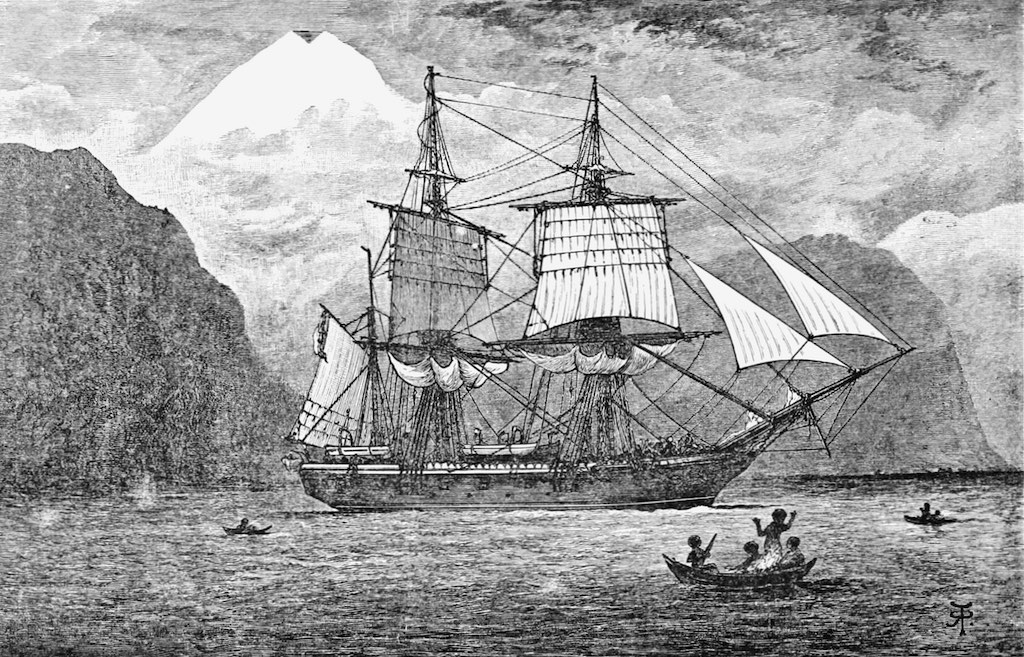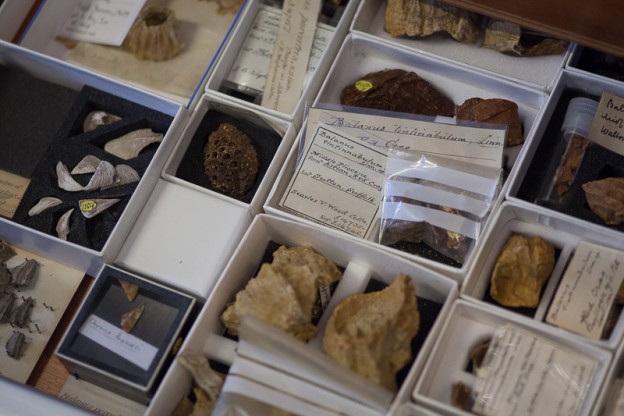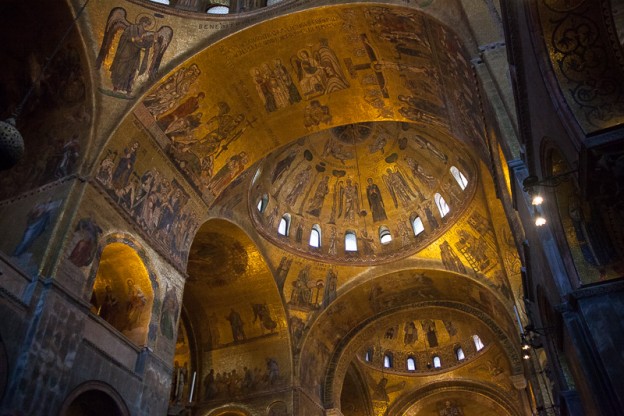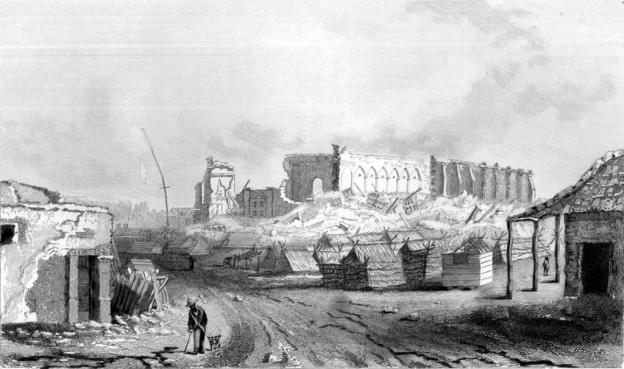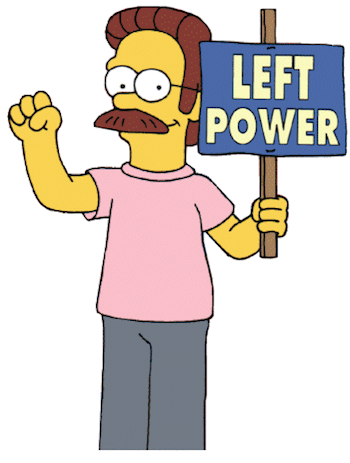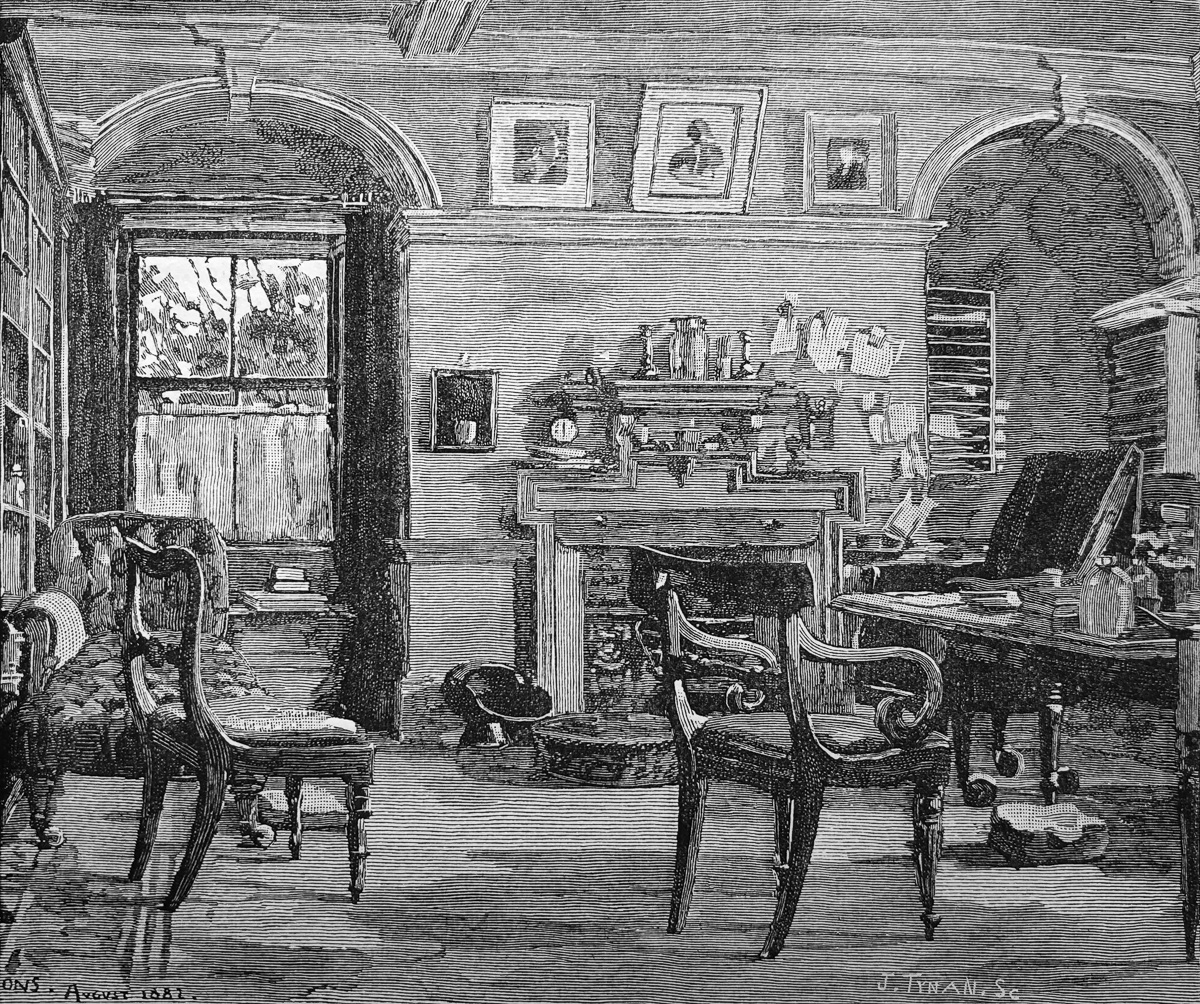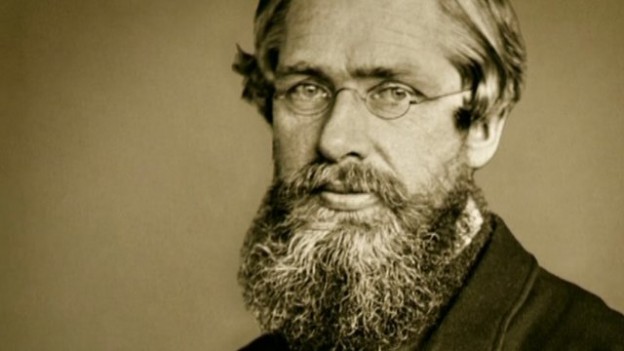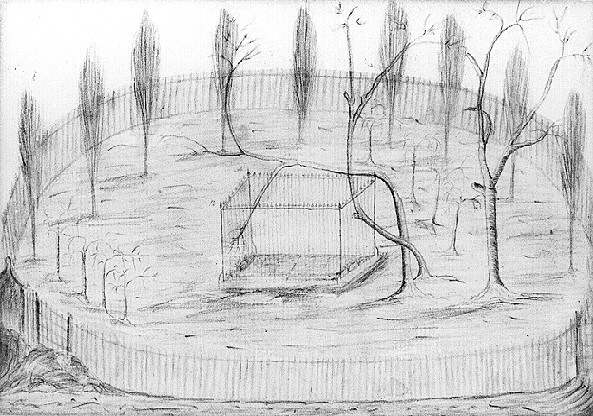How a Twitter conversation with the ghost of John Tyndall (friend of Charles Darwin), helped identify the likely source of a morbid inscription in one of his books dated 15-Jan-1892.
Articles
If humans evolved from monkeys, why are there still monkeys?
A simple answer, and a more detailed answer…
13-Jan-1833: The day HMS Beagle nearly sank
Charles Darwin’s closest brush with death during the Beagle voyage came on Sunday 13th January 1833, near that most infamous of nautical perils, Cape Horn.
The great Darwin fossil hunt
In which a friend beyond measure arranges a behind-the-scenes visit to the Natural History Museum to see fossils collected by Charles Darwin during the Beagle voyage.
Spandrel sight-seeing
In which I visit the spandrels of San Marco in Venice.
20-Feb-1835: Darwin witnesses an earthquake
On 20th February 1835, while taking a rest in a wood in Valvidia, Southern Chile, Charles Darwin experienced a major earthquake.
Thomas Wedgwood: the Uncle of Photography
As historians of science are forever reminding us (although nobody listens to those killjoys), we enter dangerous territory when we start to discuss the ‘first’ person to do X, the ‘lone genius’ who invented Y, or the ‘Father of’ Great Idea Z.
Was Darwin left-handed?
There are a lot of people on the internet who claim Charles Darwin was left-handed…
Charles Darwin: book-vandal
On Charles Darwin's horrific mistreatment of books.
07-Nov-1913: Alfred Russel Wallace dies
On 7th November 1913, the man who independently (along with Charles Darwin) came up with the idea of Natural Selection, Alfred Russel Wallace, died, age 90, at his home in Dorset.
11-Jul-1836: Darwin visits Napoleon
Towards the end of her second voyage, HMS Beagle called at the island of St Helena in the South Atlantic. Darwin took the opportunity to visit the grave of St Helena’s most famous former occupant/prisoner, Napoleon Bonaparte.
Darwin and Wallace: the lost photograph
I'd heard the legend, of course. Every Darwin groupie has. The missing photograph of the two independent discoverers of evolution by means of Natural Selection, Darwin and Wallace, standing side-by-side. Together. In the same frame.


